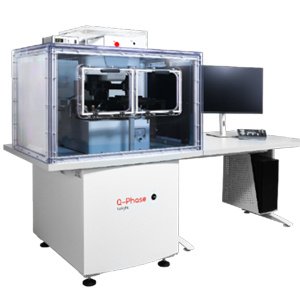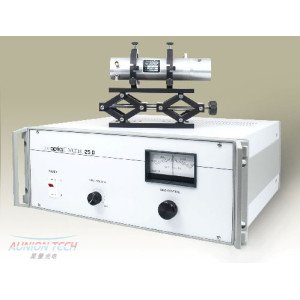Isolation of papillary cells
Isolation of renal papillary cells
1. For isolation of papillary
cells, kidneys were harvested and kept in HBSS containing 15 mM HEPES,
penicillin/streptomycin, and 0.35 g/l NaHCO3, pH 7.4, at 4°C.
2. After
removal of the perinephric fat, the kidneys were sectioned along the
anterior-posterior axis, ensuring that the papilla was left intact and
attached to one of the two half-kidneys.
3. After isolation of the
papilla, the tissue was minced and digested with 2 mg/ml collagenase I
while being shaken at 175 rpm in a 37°C shaker.
4. Thereafter, with a spatula, the tissue was forced through sequential 106-μm and 20-μm steel filters.
5. The dispersed cells were then collected by centrifugation.
Cell culture.
1. For
tissue culture, the collected cells were dispersed with DMEM/Ham F12
containing 10% FCS, 5% chicken embryo extract, and 5% rat serum, as well
as 2 mM glutamine, penicillin, and streptomycin.
2. Except where indicated otherwise, all cultures were maintained at 37°C in an atmosphere of 5% CO2 and 95% room air.
3. When
cells were grown in serum-free media, the culture media consisted of
DMEM/Ham F12 containing glutamine and antibiotics plus 5 μg/ml insulin, 5
μg/ml transferrin, 5 ng/ml sodium selenite, 20 ng/ml dexamethasone, 20
ng/ml l-thyroxine, 50 ng/ml bFGF, 100 ng/ml PDGF, and 20 ng/ml EGF.
4. Cells were grown either in plastic dishes or in dishes coated with 5 μg/cm2 fibronectin.
5. When used, LIF was added at a concentration of 100 ng/ml.
6. Individual cell clones were obtained.




















